SAFFLOWER DYE – AppleOak FibreWorks
SAFFLOWER DYE ~ lovely soft yellow and red
*Grown and harvested in Iran
Safflower (Carthamus tinctorius) is a highly branched, herbaceous, thistle-like annual plant. It is commercially cultivated for vegetable oil extracted from the seeds. Plants are 30 to 150 cm (12 to 59 in) tall with globular flower heads having yellow, orange, or red flowers. Each branch will usually have from one to five flower heads containing 15 to 20 seeds per head. Safflower is native to arid environments having seasonal rain. It grows a deep taproot which enables it to thrive in such environments. (wikipedia)
Safflower can give a lovely warm red, but it doesn't dye red on wool. First you have to knead the safflower in water for a long time, discarding the yellow dye regularly until the water turns red. It is a long process, but worth the effort. It will dye Linen, Cotton and other plant fibres.
Colourfastness: poor - medium
------------------
Basic Recipe for yellow
100g dye, soaked in water overnight.
100g mordanted yarn/fibre (Alum 15g)
Bring pot with dye to simmer For 1h. Strain through cloth, add yarn/fibre and dye bag to dye bath for 1h. Rinse.
Oak Gall - harvested from the wild in Turkey
Oak Gall, also known as oak apple was and is still used for making ink. We use it as a fibre Mordant, due to its high tannin content. Unlike other tannin, it doesn't stain the fibre.
Oak Gall is available as whole, cut or ground.
LOGWOOD ~ Available Cut or ground and as extract*
(Bois de Campeche, Campeachy Wood)
*Collected in the Wild (foraged) in Haiti
Logwood is a natural dye wood from Central America, used for producing blues and purples on wool, black on cotton and wool, and black and violet on silk.
Logwood is PH sensitive.
It is called by old dyers one of the Lesser Dyes because the colour was said to lose all its brightness when exposed to the air.
Colourfastness: poor
-------
Basic Recipe:
65g bark, soaked in water for 2 days.
100g mordanted yarn/fibre (Alum 10g)
Bring pot with dye to simmer For 2h.
Strain through cloth, add yarn/fibre and dye bag to dye bath for 1h.
Rinse.
The logwood chips should be put in a bag and boiled for 20 minutes to 1/2 an hour, just before using or soak overnight, bring to the boil in the morning for 1h, strain and bind into bag.
* When using extract you only need to use 5-10% of the weight of your dry fabric. Logwood is one of the more excessive dyes - a little goes a long way - especially when using extract.
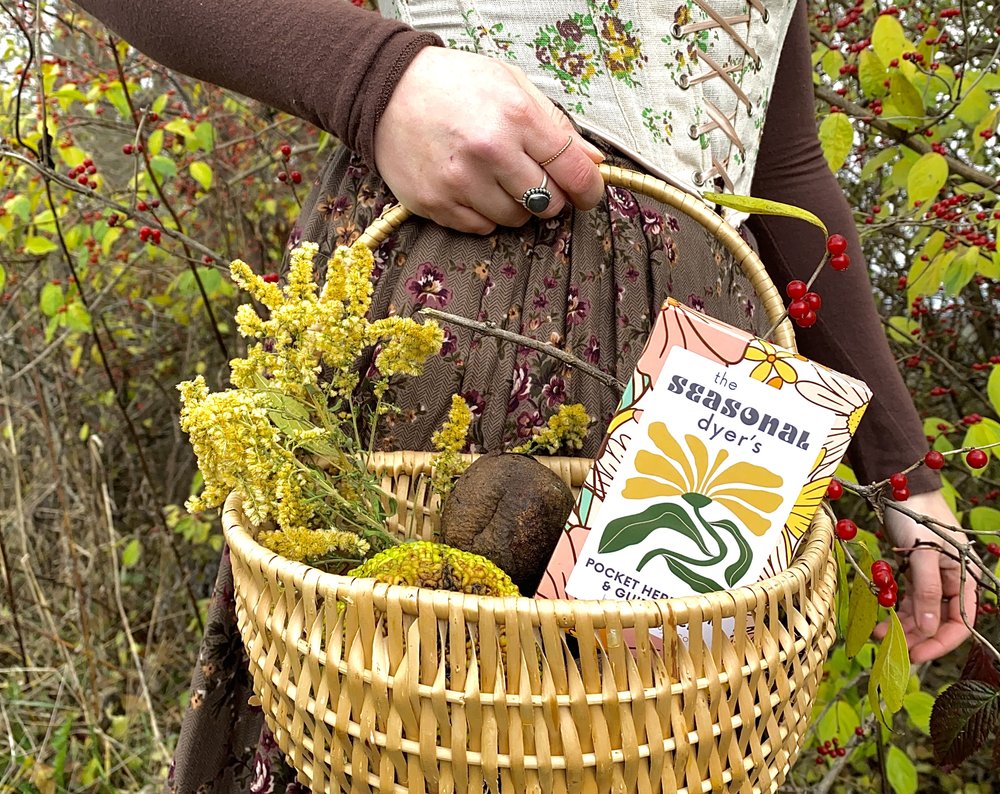

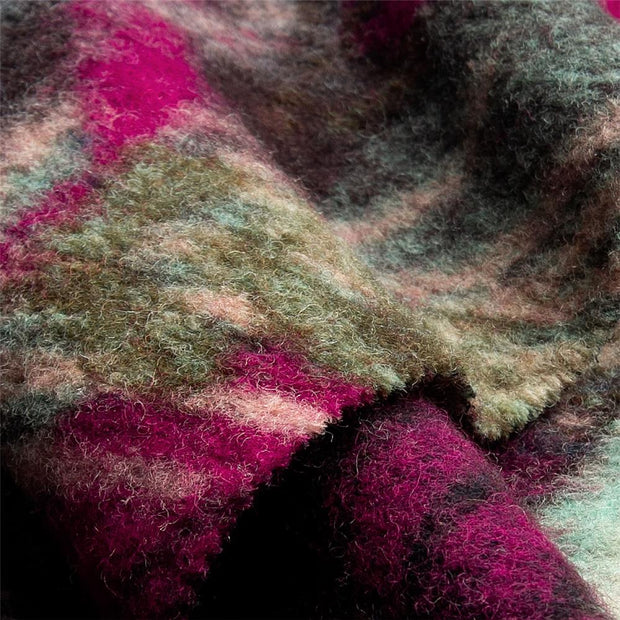

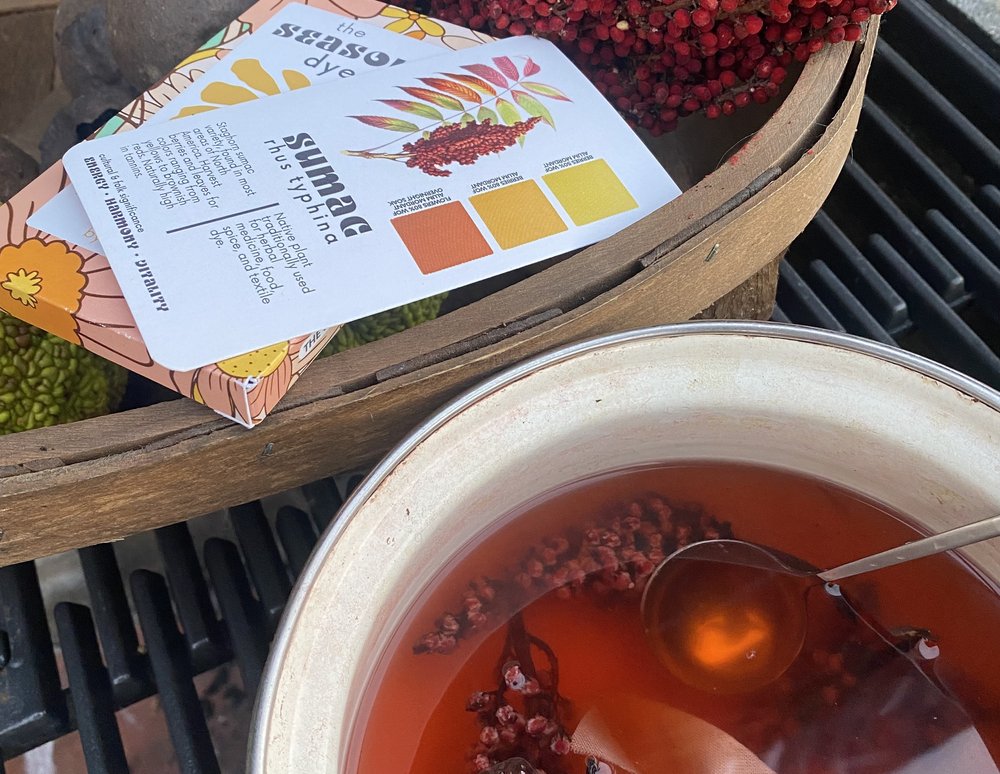
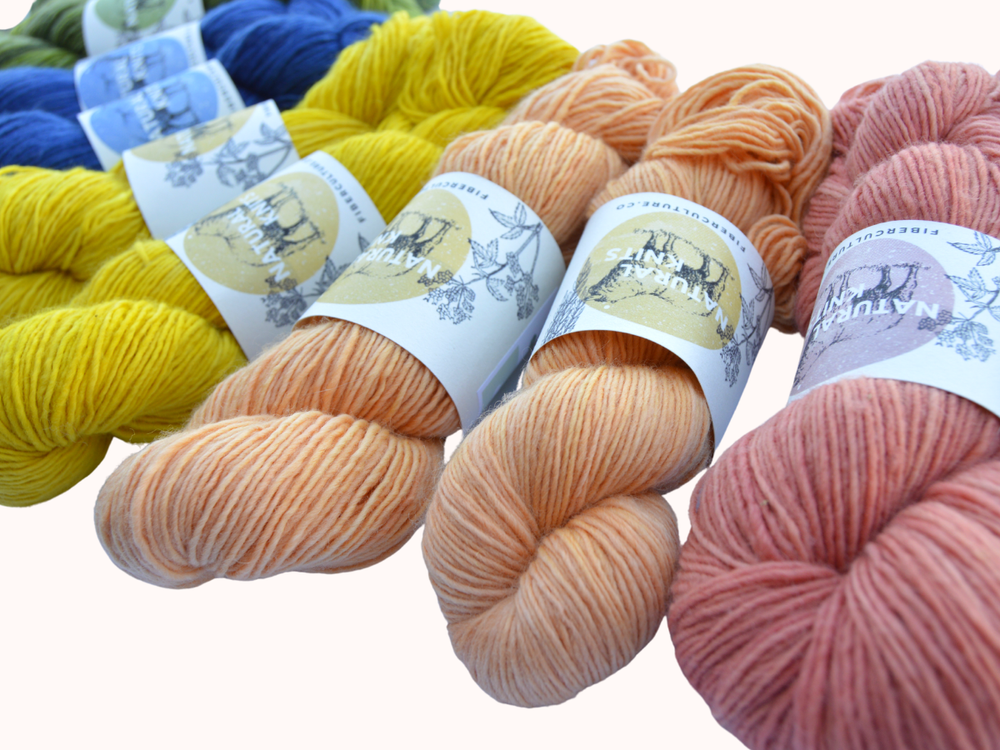
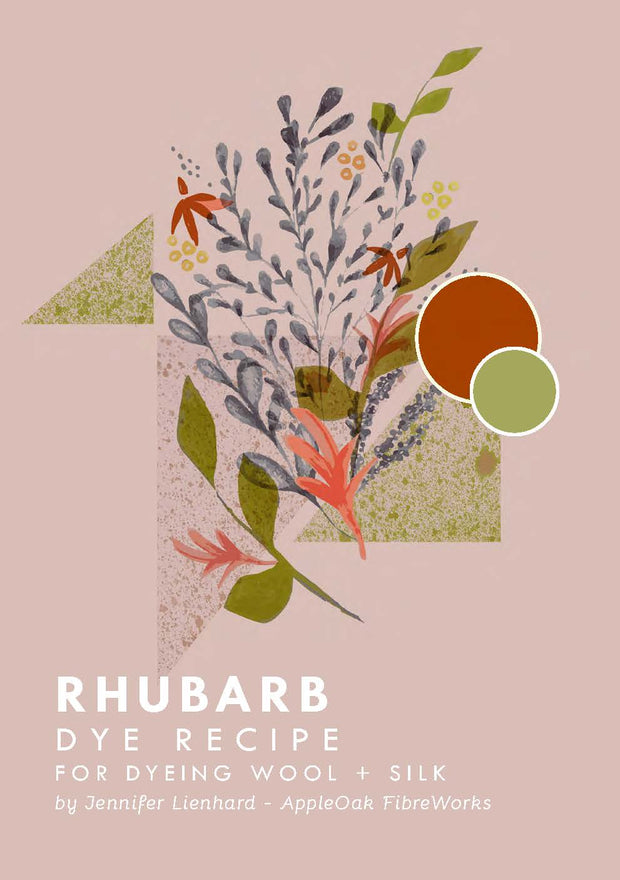
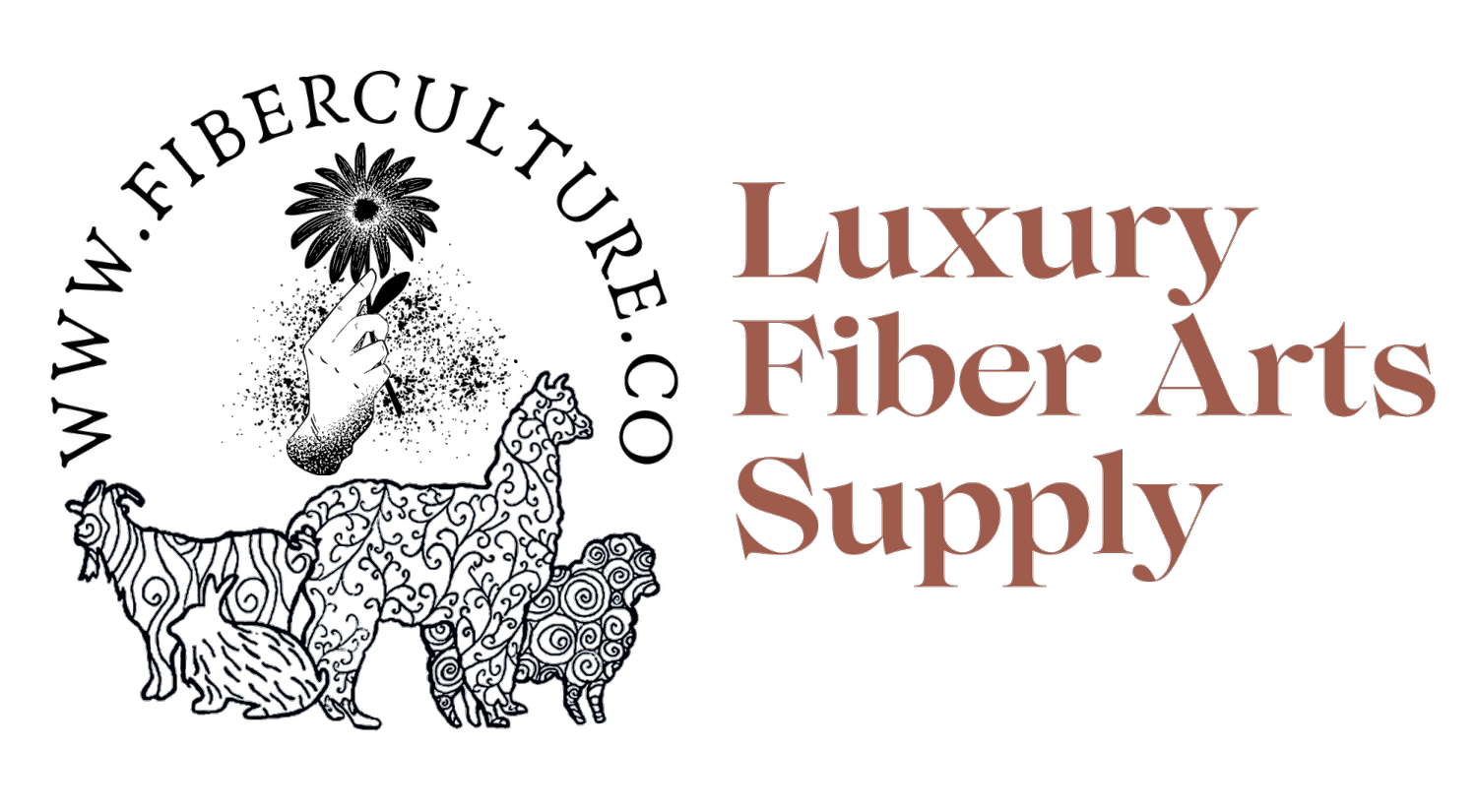

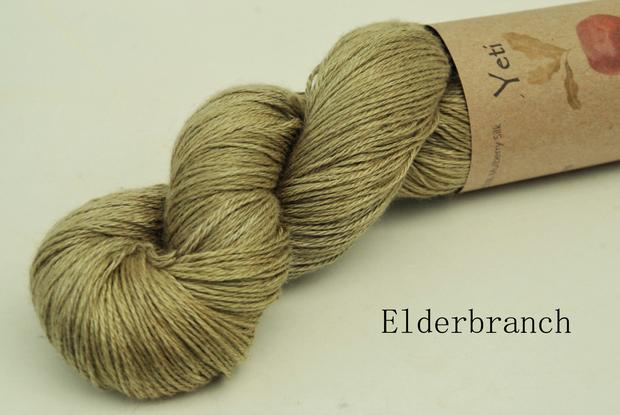
-
 Safflower Oil Organic, High Linoleic13 May 2024
Safflower Oil Organic, High Linoleic13 May 2024 -
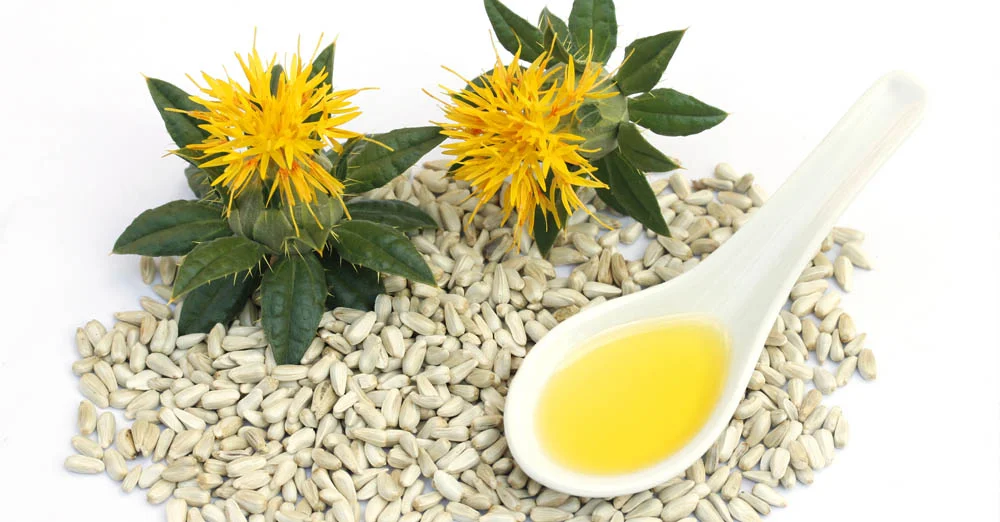 Safflower oil - the benefits - POLISH DISTRIBUTOR OF RAW MATERIALS13 May 2024
Safflower oil - the benefits - POLISH DISTRIBUTOR OF RAW MATERIALS13 May 2024 -
 Safflower petals13 May 2024
Safflower petals13 May 2024 -
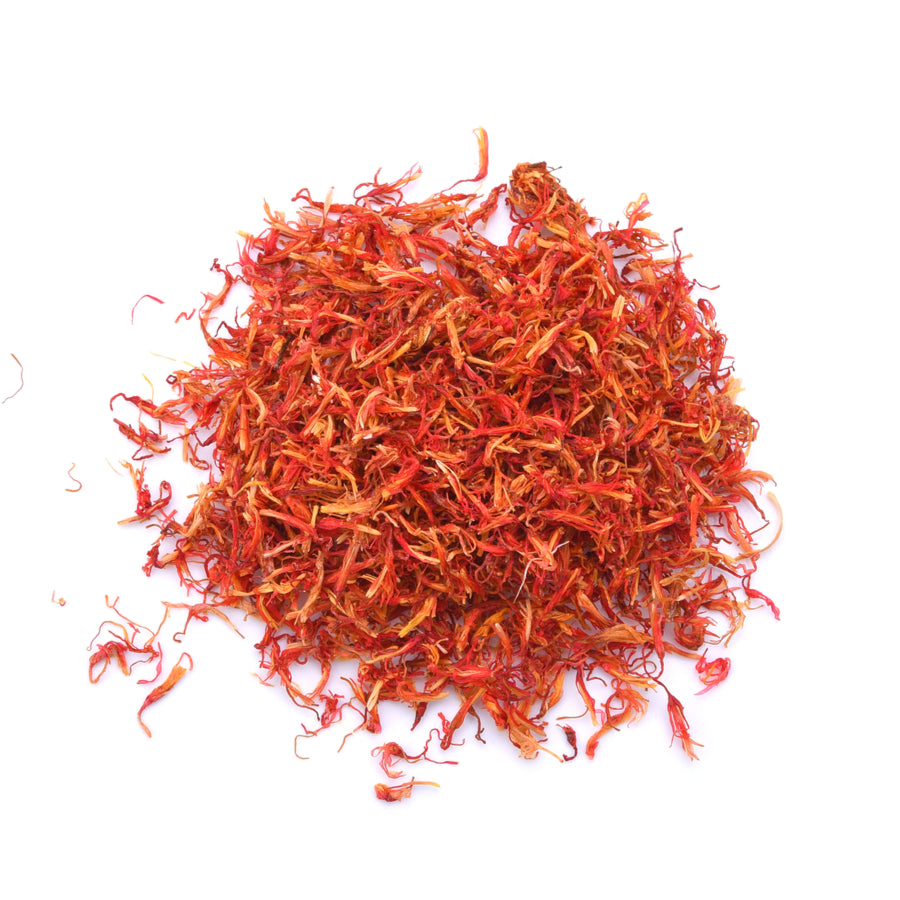 Safflower (Carthamus Tinctorius) Cut & Sifted by NY Spice Shop13 May 2024
Safflower (Carthamus Tinctorius) Cut & Sifted by NY Spice Shop13 May 2024 -
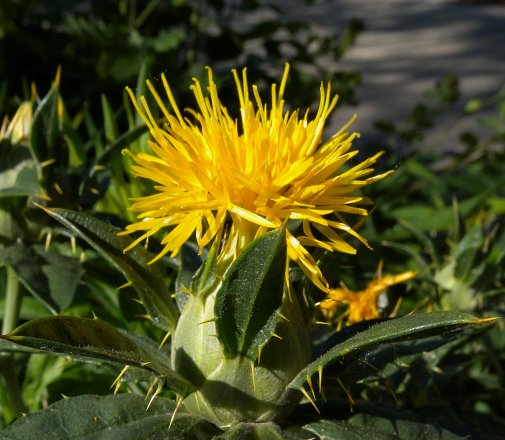 Safflower (Carthamus tinctorius)13 May 2024
Safflower (Carthamus tinctorius)13 May 2024 -
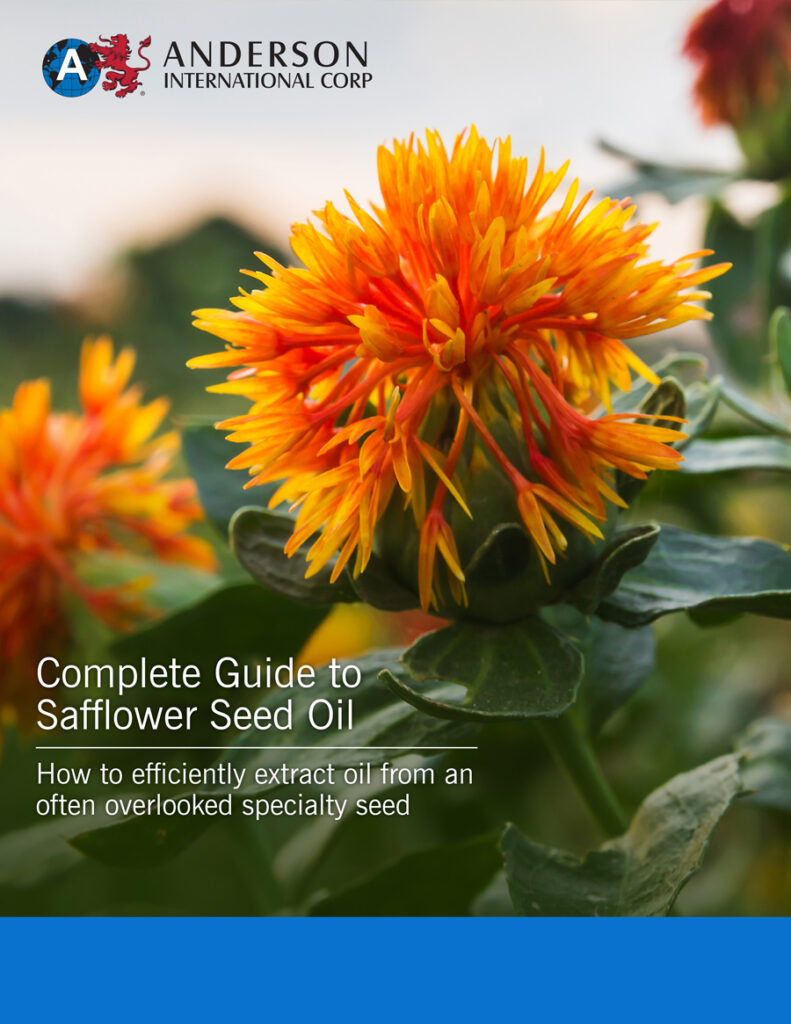 A Complete Guide to Safflower Seed Oil - Anderson International Corp13 May 2024
A Complete Guide to Safflower Seed Oil - Anderson International Corp13 May 2024 -
 Zanzibar Safflower Flower Seeds for Planting (30 Seeds) - Mixed Color Carthamus tinctorius13 May 2024
Zanzibar Safflower Flower Seeds for Planting (30 Seeds) - Mixed Color Carthamus tinctorius13 May 2024 -
 Safflower Oil13 May 2024
Safflower Oil13 May 2024 -
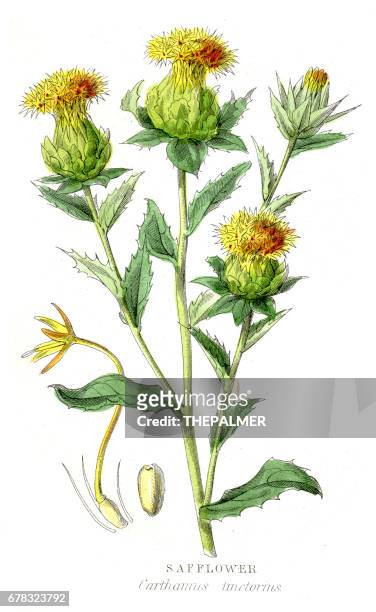 380 Safflower Stock Photos, High-Res Pictures, and Images - Getty Images13 May 2024
380 Safflower Stock Photos, High-Res Pictures, and Images - Getty Images13 May 2024 -
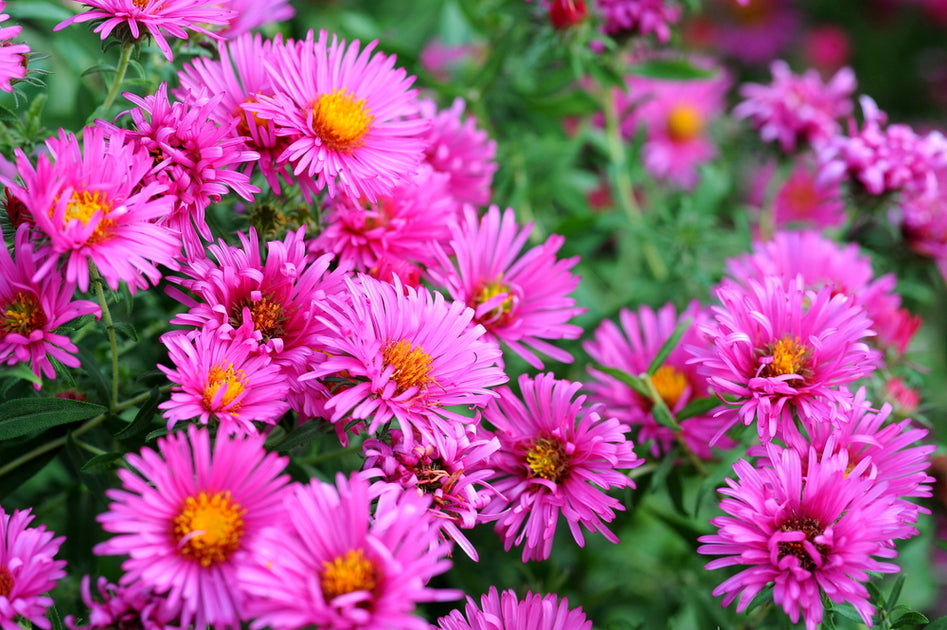 100% Pure High Oleic Safflower Oil, Aromatherapy Carrier Oil13 May 2024
100% Pure High Oleic Safflower Oil, Aromatherapy Carrier Oil13 May 2024
-
 Smartphone Displaying Logo of Shinhan Bank, a Bank Headquartered13 May 2024
Smartphone Displaying Logo of Shinhan Bank, a Bank Headquartered13 May 2024 -
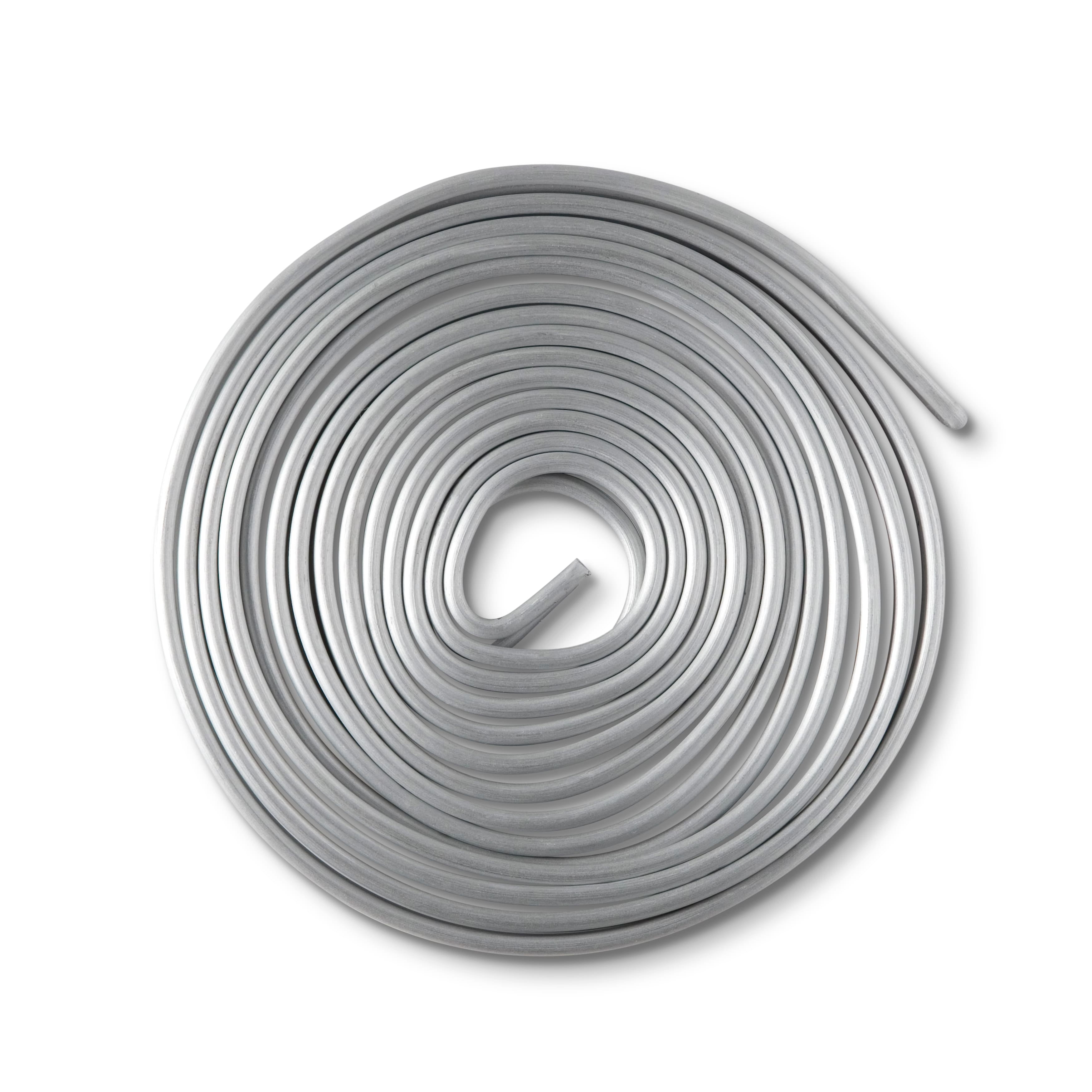 Premium Sculpting & Armature Wire By Craft Smart®, 0.13 x 20ft13 May 2024
Premium Sculpting & Armature Wire By Craft Smart®, 0.13 x 20ft13 May 2024 -
 31 Sunset Color Palettes for Captivating Designs - Color Meanings13 May 2024
31 Sunset Color Palettes for Captivating Designs - Color Meanings13 May 2024 -
 Dimensions Gold Collection Counted Cross Stitch Kit Snowman & Friends Stocking13 May 2024
Dimensions Gold Collection Counted Cross Stitch Kit Snowman & Friends Stocking13 May 2024 -
 Valentines Hearts Design Gift Wrapping Paper-pink/red. Unique Gift Wrap. Any Occasions Size A3 GP318 - Sweden13 May 2024
Valentines Hearts Design Gift Wrapping Paper-pink/red. Unique Gift Wrap. Any Occasions Size A3 GP318 - Sweden13 May 2024 -
 (12) Foam Animal Masks Party Favors13 May 2024
(12) Foam Animal Masks Party Favors13 May 2024 -
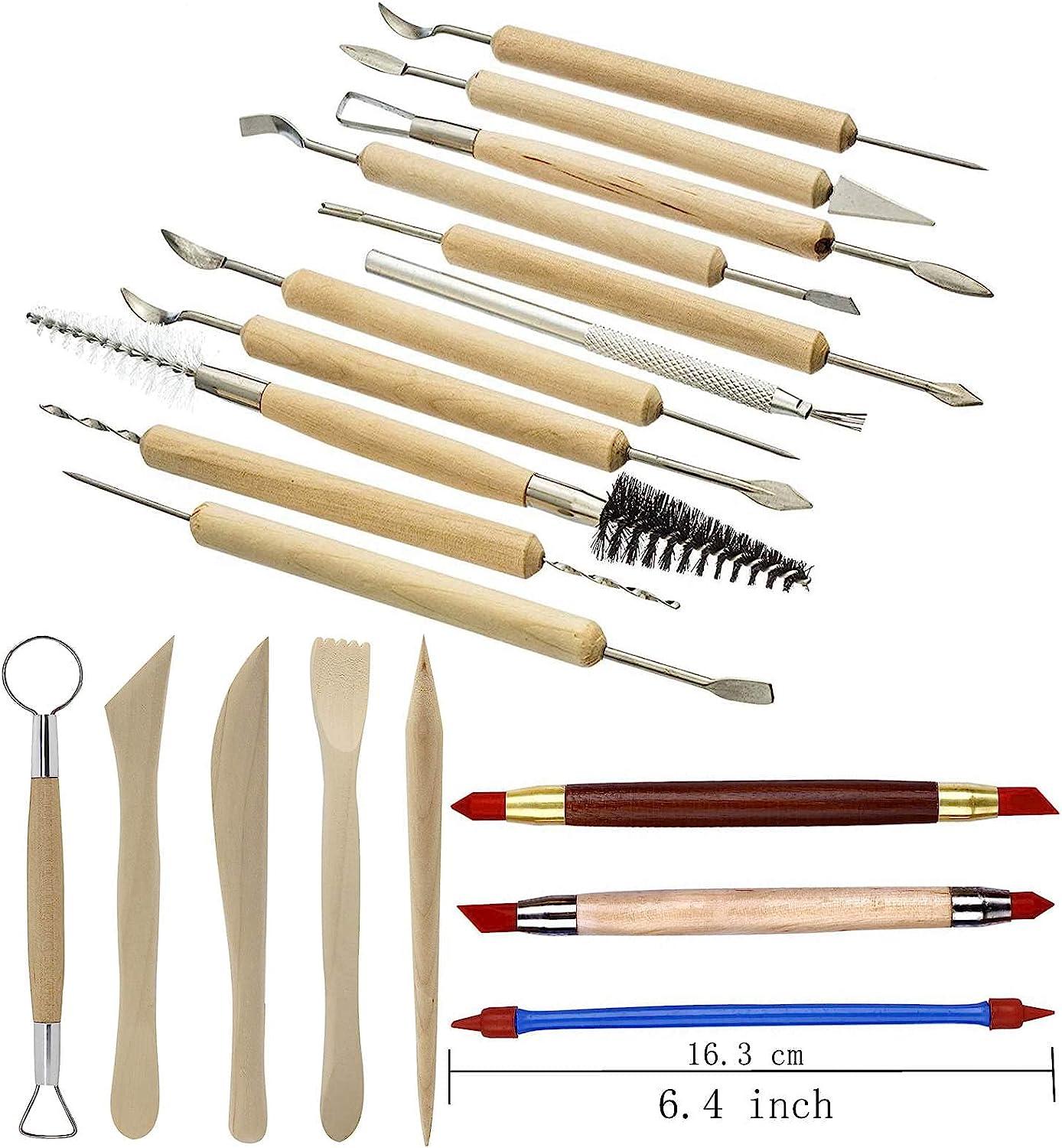 Augernis Pottery Sculpting Tools 32PCS Ceramic Clay Carving Tools13 May 2024
Augernis Pottery Sculpting Tools 32PCS Ceramic Clay Carving Tools13 May 2024 -
 m.media-/images/I/91MciU3j3LL._AC_UF35013 May 2024
m.media-/images/I/91MciU3j3LL._AC_UF35013 May 2024 -
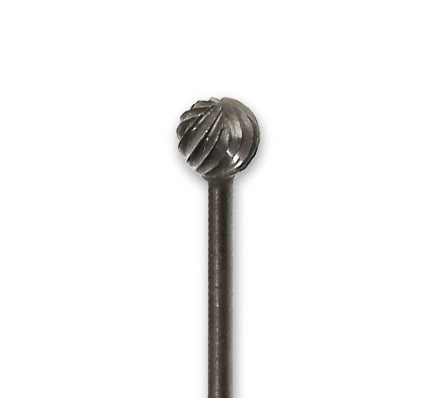 Round Tungsten Steel Burs Set13 May 2024
Round Tungsten Steel Burs Set13 May 2024 -
 MEICOLY Green Eye Black Baseball/Softball/Football/Lacrosse,Easy To Color Sports Eye Stick Eye Black Stick,Long Lasting Halloween Face Paint Cosplay13 May 2024
MEICOLY Green Eye Black Baseball/Softball/Football/Lacrosse,Easy To Color Sports Eye Stick Eye Black Stick,Long Lasting Halloween Face Paint Cosplay13 May 2024